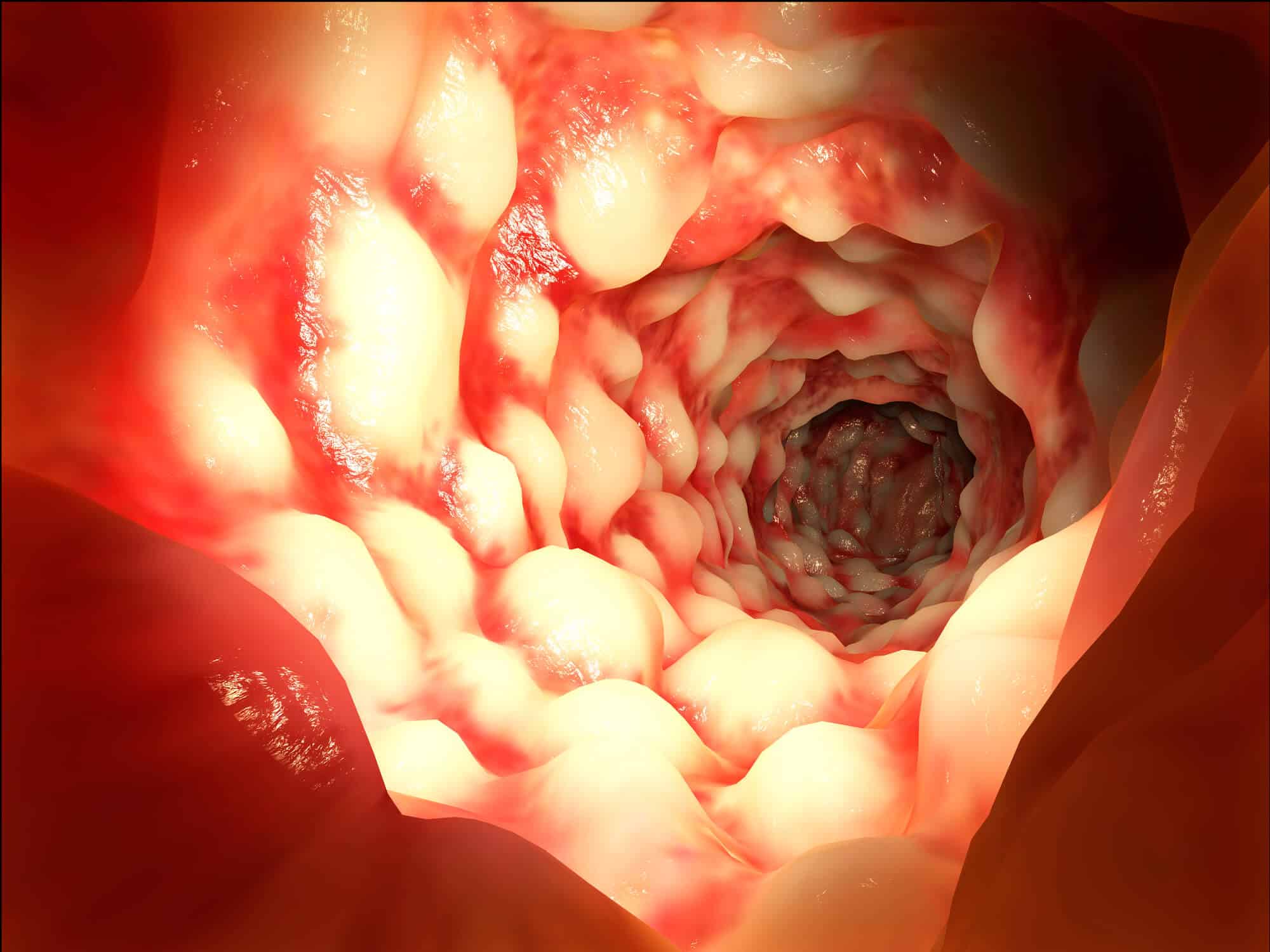Changes in the intercellular texture may predict inflammatory bowel disease

The rate of people suffering from inflammatory bowel diseases, such as Crohn's or ulcerative colitis, is constantly increasing in the developed world. Despite the progress in treatment methods for these diseases, patients suffer from symptoms for years, go in and out of hospitals and are at increased risk of colon cancer. Weizmann Institute of Science scientists recently found out Because it is possible to predict an outbreak of inflammatory bowel disease by looking at the extracellular matrix - that supporting infrastructure of proteins and sugars that surrounds the cells in the various tissues of the body. These findings may allow early diagnosis of inflammatory bowel diseases and even pave the way for new treatments.

In recent years his age in the laboratory of Prof. Irit Sagi In the Department of Biological Control and other laboratories around the world, the central role of the intercellular tissue in the development of various diseases - from influenza to cancer. In the digestive system, as in other tissues of the body, the intercellular tissue allows the cells of the intestine to connect to each other in a certain spatial structure and together create a stable and functional tissue. In inflammatory bowel diseases, far-reaching structural changes may be caused to the intestinal tissue and the intercellular tissue. For example, patients may develop complications such as scarring of the tissue that leads to narrowing of the intestine (fibrostenosis), or hyperplasia of passages between the intestine and other organs in the body (fistulas). In many cases these complications cannot be prevented or treated with medication, and the main way to deal with them is through surgery and other invasive operations.
""We discovered that the pre-symptomatic intercellular tissue has a unique 'fingerprint' that distinguishes it from the tissue of a healthy intestine: it is less rigid and has a different protein composition and spatial structure"
For years, the working assumption was that the inflammatory state is the one that gradually leads to damages in the intercellular tissue. In other words, it was believed that these structural damages are a side effect of the inflammation and that they occur at a relatively late stage in the disease. In a new study published recently, a research team, led by Dr. Ali Shimshoni, a former research student in Prof. Sagi's laboratory, and other partners at the institute, at the Sackler Faculty of Medicine at Tel Aviv University and at the Sheba and Sourasky Medical Centers, showed that changes in the intercellular tissue occur Even before symptoms of inflammation appear that can be detected by conventional medical means, such as colonoscopy or biopsy. "We discovered that the pre-symptomatic intercellular tissue has a unique 'fingerprint' that distinguishes it from the tissue of a healthy intestine: it is less rigid and has a different protein composition and spatial structure," says Dr. Shimshoni.
To reach these findings, the researchers used two different models of intestinal inflammation in mice. Despite the difference in the development of the inflammation in each of the models, the researchers were surprised to find that the fingerprint of the pre-symptomatic tissue was very similar in both. One of the prominent features of this fingerprint was damage to the basement membrane - a kind of dense "fabric" on which the cells of the large intestine sit; Damage to this membrane, which constitutes one of the layers of protection between the intestinal cavity and the internal environment of the body, may lead to the exposure of the immune system to the intestinal bacteria and thereby trigger an inflammatory reaction. Indeed, in the study it was discovered that a very small number of immune system cells (neutrophils) reached the intestine already in the pre-symptomatic stage. These cells, although they are few, bring with them a variety of proteolytic enzymes that break down the intercellular tissue, and in particular the basement membrane.
"Contrary to the prevailing approach, which holds that changes in the intercellular texture are only a late byproduct of inflammation, our research opens a window to a new understanding: the changes in texture occur simultaneously with the development of inflammation, and even contribute to it," says Prof. Sagi. "We hypothesize that the combination between the initial damage to the intercellular tissue and the arrival of 'pioneer' cells of the immune system in the intestine, opens the dam for the entry of many more cells of the immune system and the outbreak of inflammatory bowel disease."
